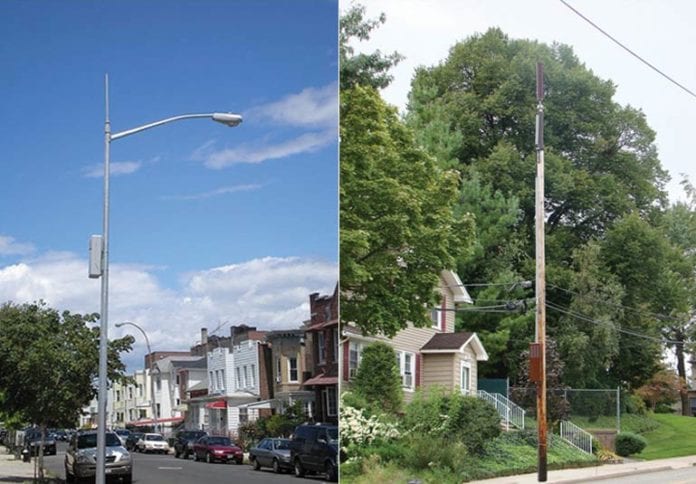Cost and time to market are the two major hurdles mobile network operators face as they work to densify their networks with outdoor small cells. Equipment costs have come down, but the costs associated with site acquisition and fiber remain relatively high from the carriers’ perspective. Dave Mayo, SVP of technology at T-Mobile US, has said he would like to see a small cell business model that would enable carriers to deploy a node for less than $20,000 and spend less than $350 per month for fiber and other operating expenses.
According to analyst Randall Schwartz of Wireless 20/20, shared infrastructure could be a way to bring small cells online faster and more affordably. Schwartz said at least one U.S. city is evaluating the idea of running fiber to desirable locations and then leasing access to the carriers, as this particular city has been overwhelmed with applications for small cell sites and would like to see operators share locations.
“One trend that we see is a trend toward shared infrastructure,” Schwartz said. “Can we sort of put down a common infrastructure that any of the operators could build on? You could think of this kind of in the context of the tower business, the way that it’s structured today, where a separate party may own the tower but any of the operators could actually build on that, and this could be something that the municipalities may actually fund to make it easy for the operators to expend their infrastructure in their neighborhood.”
This is the same business model neutral host providers like Crown Castle, ExteNet Systems and Mobilitie hope to use as they build and acquire fiber assets in major U.S. cities. Crown Castle, which calls fiber “the horizontal tower,” has told investors it has deployed roughly half the small cell nodes currently operating on U.S. carrier networks. At this time, Crown is projecting most small cell growth will come from new fiber networks, not from adding additional tenants on shared infrastructure.
“Roughly three-quarters of the growth is being driven by the deployment of new systems in areas where we don’t have systems today,” the company told investors during its most recent earnings call. “And then about a quarter roughly of the activity is coming from colocation on existing plant.” The company added that most projects require new fiber, even when residences in the area may be served by existing fiber.
“[For] the vast majority of what we are doing, there is not fiber in the ground,” the company said. “And if there is fiber in the ground, there is not nearly enough capacity to be able to handle small cells. … the residential fiber … is not going to have enough capacity to handle small cells.”
More on small cell networks:
Building Tomorrow’s Networks (webinar recorded 10/19)
Best Practices for Deploying Hetnets (feature report)
Image source: Crown Castle
Follow me on Twitter.

